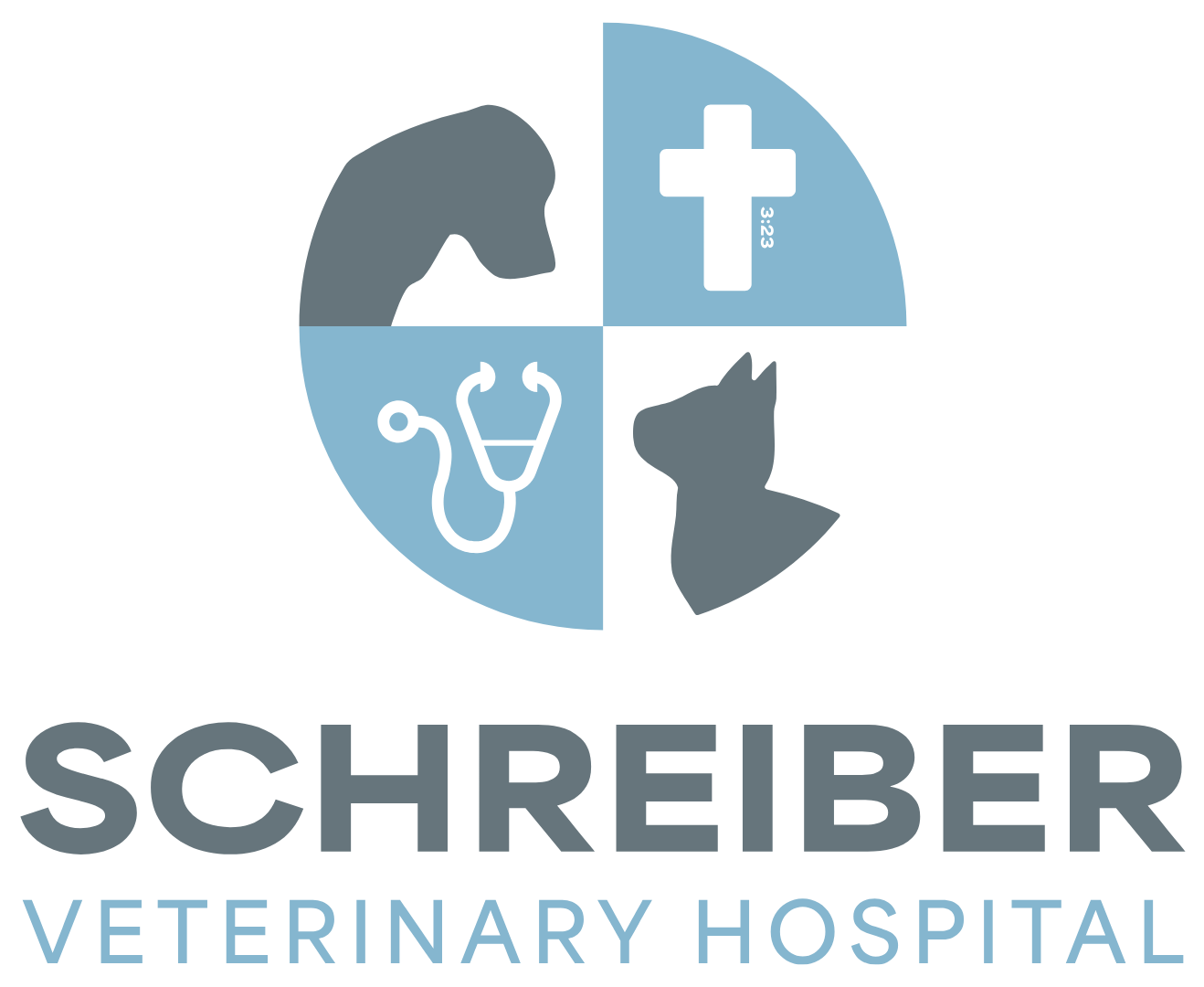Diagnostic Imaging
For optimal care, we use imaging to aid accurate assessments. These techniques visually depict issues or traumas safely.
Medical imaging employs the use of machinery to give photographic representation of abnormalities or injuries. In performing diagnostic imaging, our veterinarian can provide safe, accurate diagnosis and promptly treat the problem.
Ultrasounds
Ultrasound is a noninvasive and painless procedure that utilizes sound waves to examine a pet’s internal organs and other structures within the body. This technique can evaluate areas such as the heart, kidneys, liver, gallbladder, and bladder, while also detecting the presence of fluid, cysts, tumors, or abscesses. Additionally, it is useful for confirming pregnancies or monitoring their progress. We often combine ultrasound with other diagnostic methods, like radiography (x-rays), to achieve a comprehensive and accurate diagnosis, as interpreting ultrasound images demands a high level of expertise from the clinician.
During the process, a team member applies a gel to the skin’s surface to facilitate smooth movement of the transducer—a small handheld device—across the area being examined, which helps produce clearer and more precise images. The transducer sends out ultrasonic sound waves directed toward the internal structures of interest. These waves bounce back as echoes, varying in intensity based on the tissue density and the amount of fluid present, ultimately creating detailed visuals that appear on a monitor and can be recorded for further review.
One of the key advantages of ultrasound is that it involves no radiation exposure, has no documented side effects, and generally does not require sedation or anesthesia for the pet. However, the fur in the targeted area is typically shaved to ensure optimal contact and image quality.
X-Rays
X-rays provide valuable information about a pet’s bones, gastrointestinal tract (stomach, intestines, colon), respiratory tract (lungs), heart, and genitourinary system (bladder, prostate). We use radiology alone or in conjunction with other diagnostic tools. Interpretation of radiographs requires great skill on the part of the veterinarian.
We offer digital radiology (x-rays that are captured digitally rather than on film). This technology allows us to provide you with a quicker diagnosis for your pet. Plus, it uses less radiation than traditional X-rays.
If you have any questions about our radiology services or what to expect during your pet’s procedure, please don’t hesitate to ask.

